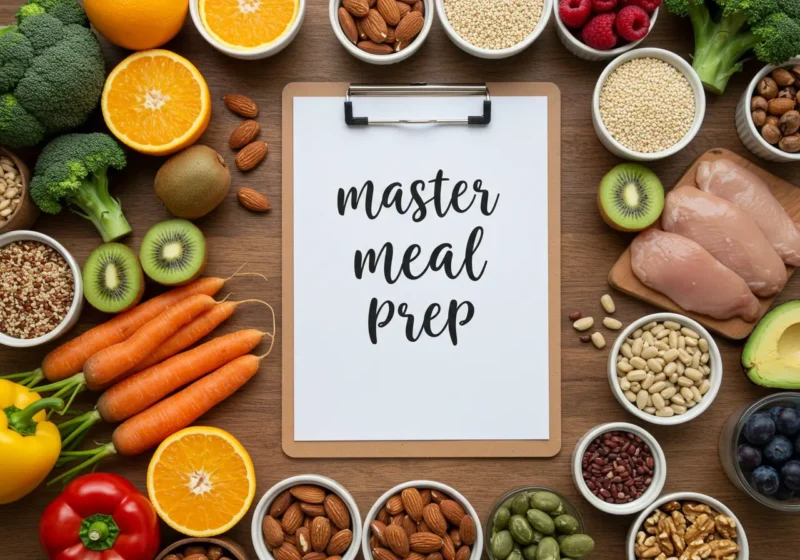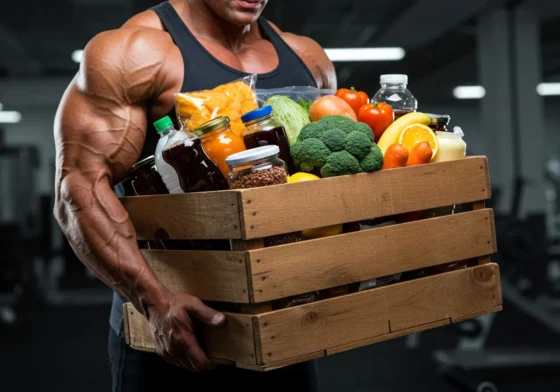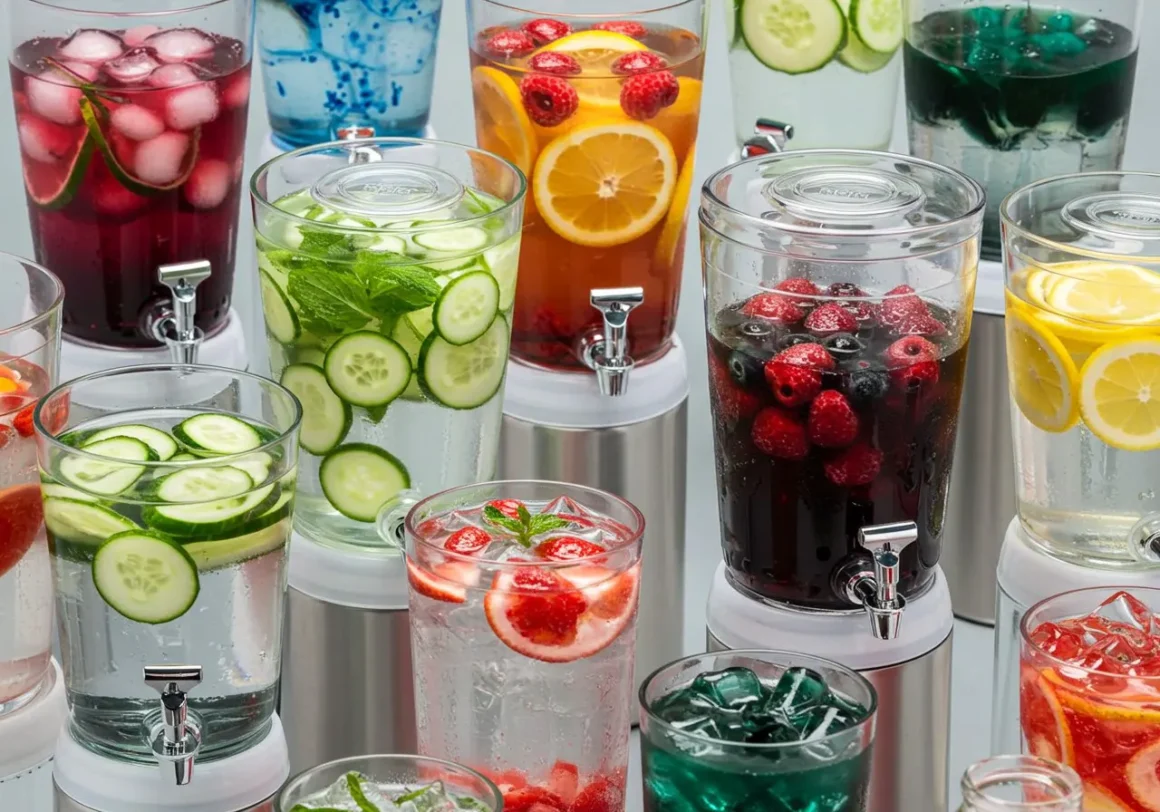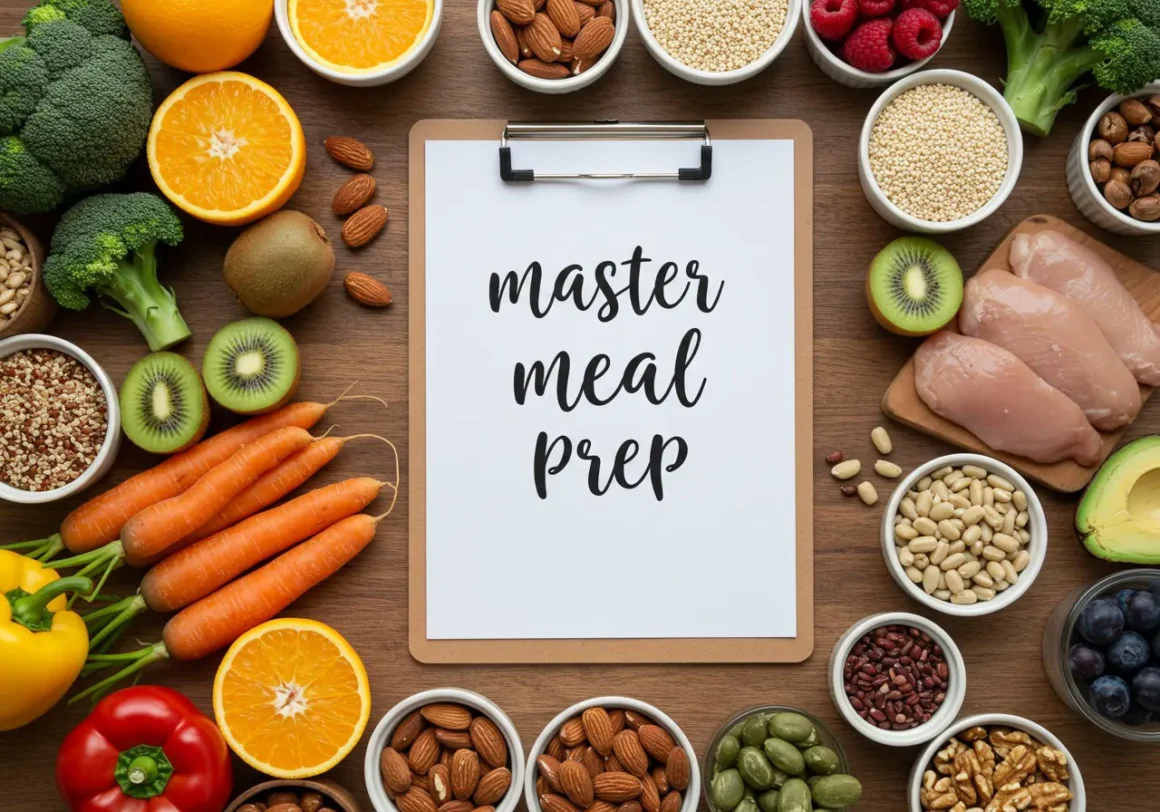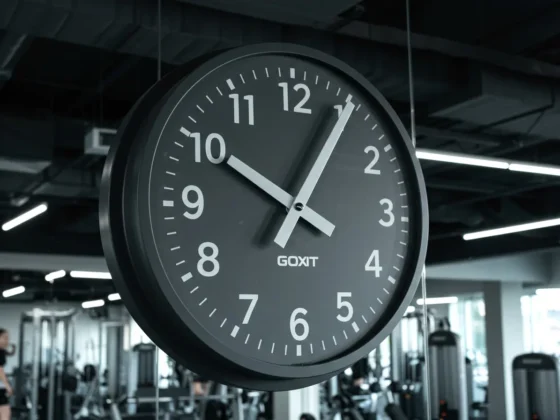Let’s be real, sticking to healthy eating goals consistently can feel like trying to juggle flaming chainsaws sometimes. You’ve got the best intentions, the fridge stocked with good stuff on Sunday, and then Tuesday rolls around, work was crazy, you’re starving, and suddenly that carefully planned healthy dinner looks way less appealing than five-minute takeout. Sound familiar? You’re definitely not alone. This is exactly where the superpower of meal prep comes in. It’s not about turning into a gourmet chef overnight or dedicating your entire weekend to the kitchen (unless that’s your jam!). It’s about making a smart investment of time upfront to guarantee you have nourishing, ready-to-eat food waiting for you when life gets hectic.
Think of meal prepping as your strategic defense against those moments of hunger-fueled desperation. It puts you firmly in the driver’s seat of your nutrition, ensuring that even on your busiest days, a healthy meal is the easy option. It removes the friction of deciding what to cook, digging out ingredients, and spending time cooking when you’re already tired. Having meals or prepped components ready means you can fuel your body right, consistently, without the stress or the temptation of less healthy convenience foods. It’s about making healthy eating sustainable for your real life.
So, how do you actually get started and make meal prep work for you? It’s simpler than you might think.
Getting Ready: What You Need Before You Start
Before you dive knife-first into a mountain of veggies, a little preparation goes a long way. You don’t need a professional kitchen, but a few key things will make the process much smoother:
- A Plan: This is arguably the most important step. You need to decide what you’re going to make. Think about the meals you want to cover (lunches, dinners, maybe breakfasts and snacks?). Choose simple, repeatable recipes, especially when you’re starting out. Look for meals that use similar ingredients or cooking methods to maximize efficiency.
- Containers: Good quality food storage containers are your best friends here. Look for ones that are airtight, durable, and ideally microwave and dishwasher safe. Having various sizes is helpful – individual meal containers, larger ones for batch-cooked components, and smaller ones for sauces or snacks. Glass containers are fantastic because they don’t hold odors or stains and are great for reheating, but plastic ones are lighter and more portable.
- Basic Kitchen Tools: You likely already have what you need: sharp knives, a good cutting board, baking sheets, pots, and pans. Having a few different-sized bowls for chopping and mixing is also super handy.
- Staple Ingredients: Make sure you have the basics on hand like cooking oil, salt, pepper, and your go-to seasonings. Having these staples ready means you’re not scrambling mid-prep.
The How-To: Making the Prep Happen
Once you’ve got your plan and your gear ready, it’s time to get cooking. Here’s a breakdown of the process:
- Pick Your Prep Day: Choose a block of time that works for your schedule, usually 2-3 hours on a weekend. Consistency is key, so try to make it a regular part of your routine. Put on some good music or a podcast – make it enjoyable!
- Grocery Time: Armed with your meal plan, create a detailed grocery list. Stick to the list to save time and money. Knowing exactly what you need before you go means less wandering and impulse buys.
- The Cooking Method: This is where the magic happens. You can approach this in a couple of ways:
- Component Prep: Cook large batches of individual ingredients – like a big batch of roasted chicken breasts, a pot of quinoa or brown rice, and a sheet pan full of roasted vegetables (broccoli, bell peppers, sweet potatoes). Throughout the week, you can mix and match these components to create different meals. This offers flexibility.
- Full Meal Prep: Cook complete, portioned meals and pack them directly into individual containers. This is great if you like having a grab-and-go option that requires zero thought during the week.
- Efficient Execution: Think about stacking your cooking tasks. While grains are simmering, chop your vegetables. While veggies are roasting, cook your protein on the stovetop. Use multiple burners and your oven simultaneously to get things done faster. Wash dishes as you go to make cleanup less daunting at the end.
- Cooling is Crucial: Before sealing and storing your prepped food, make sure it cools down completely. Putting hot food directly into the fridge can raise the internal temperature of the fridge and potentially affect the safety of other food.
- Store and Label: Portion your food into your containers. If you’re doing component prep, store ingredients in larger containers. If you’re doing full meals, portion them out. Labeling containers with the meal name and date can be helpful, especially if you prep a variety of things.
Tips and Making it Your Own
- Start Small: Don’t try to prep every single meal for the entire week right away. Start with just lunches, or maybe just dinners for a few days. Build up as you get more comfortable.
- Focus on Versatile Ingredients: Chicken, ground meat, rice, quinoa, roasted vegetables, hard-boiled eggs – these can be used in multiple different dishes.
- Season Generously: Prepped food can sometimes taste a little bland after a few days. Don’t be afraid to use herbs, spices, and sauces to add flavor when you reheat or assemble your meals.
- Utilize Freezing: Many prepped meals and components freeze beautifully, like cooked grains, chili, soups, stews, and cooked meats. This is great for extending the life of your prep or having backup meals.
- Find Resources: There are tons of fantastic resources online – blogs, Pinterest boards, YouTube channels, and even dedicated meal planning apps – that offer recipes, strategies, and inspiration for meal prepping.
Mastering meal prep is a skill that pays dividends in time, money, and most importantly, consistent healthy eating. It empowers you to take control of your food choices and makes fueling your body well a streamlined, stress-free part of your routine. Give it a shot, start simple, and find the rhythm that works best for you. You’ll be amazed at the difference it makes.

